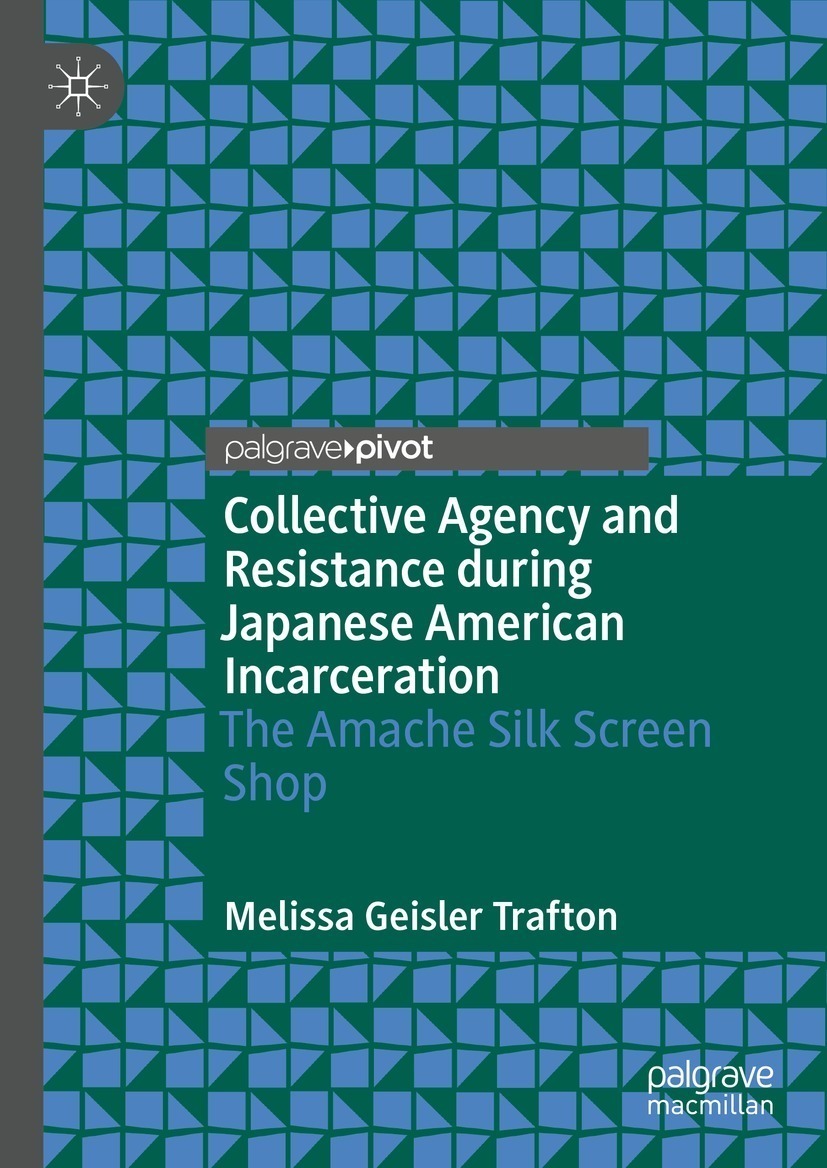
Collective Agency and Resistance during Japanese American Incarceration
The Amache Silk Screen Shop
-
12% KEDVEZMÉNY?
- A kedvezmény csak az 'Értesítés a kedvenc témákról' hírlevelünk címzettjeinek rendeléseire érvényes.
- Kiadói listaár EUR 37.44
-
15 528 Ft (14 788 Ft + 5% áfa)
Az ár azért becsült, mert a rendelés pillanatában nem lehet pontosan tudni, hogy a beérkezéskor milyen lesz a forint árfolyama az adott termék eredeti devizájához képest. Ha a forint romlana, kissé többet, ha javulna, kissé kevesebbet kell majd fizetnie.
- Kedvezmény(ek) 12% (cc. 1 863 Ft off)
- Kedvezményes ár 13 664 Ft (13 013 Ft + 5% áfa)
Iratkozzon fel most és részesüljön kedvezőbb árainkból!
Feliratkozom
15 528 Ft

Beszerezhetőség
Még nem jelent meg, de rendelhető. A megjelenéstől számított néhány héten belül megérkezik.
Why don't you give exact delivery time?
A beszerzés időigényét az eddigi tapasztalatokra alapozva adjuk meg. Azért becsült, mert a terméket külföldről hozzuk be, így a kiadó kiszolgálásának pillanatnyi gyorsaságától is függ. A megadottnál gyorsabb és lassabb szállítás is elképzelhető, de mindent megteszünk, hogy Ön a lehető leghamarabb jusson hozzá a termékhez.
A termék adatai:
- Kiadó Springer Nature Switzerland
- Megjelenés dátuma 2025. december 24.
- Kötetek száma 1 pieces, Book
- ISBN 9783031939136
- Kötéstípus Keménykötés
- Terjedelem173 oldal
- Méret 210x148 mm
- Nyelv angol
- Illusztrációk XVI, 173 p. 51 illus., 32 illus. in color. Illustrations, black & white 700
Kategóriák
Hosszú leírás:
"
This book provides the first history of the Silk Screen Shop (1943-45) at the Granada War Relocation Center (“Amache”) in Colorado, a World War II incarceration site for Japanese Americans. The Shop printed training posters for the Bureau of Naval Personnel. In addition, in their free time, the Amache workers designed and printed material, such as dance invitations and Christmas cards, for community organizations and individuals. In the years after incarceration, the objects’ connection to the silk-screen shop was lost. This volume documents and studies the objects produced by the Shop, reconstructs workers’ experience and identity, traces the Shop as a site of community, and argues that young adult printmakers collectively developed subversive visual conventions of protest.
" TöbbTartalomjegyzék:
1. Introduction: Amache (1942–45).- 2. The Silk Screen Shop: an Amache Production Unit.- 3. Working in the Shop: Collaborative Production and Collective Agency.- 4. Don’t Ever Call it a Boat!”: Visual Training Aids for the US Navy’s Bureau of Personnel.- 5. Community Projects: Hospital Menus, School Programs, Dance Invitations, and T-Shirts.- 6. Putting Amache on the Map.- Afterword: The Afterlife of the Prints.
Több


Collective Agency and Resistance during Japanese American Incarceration: The Amache Silk Screen Shop












